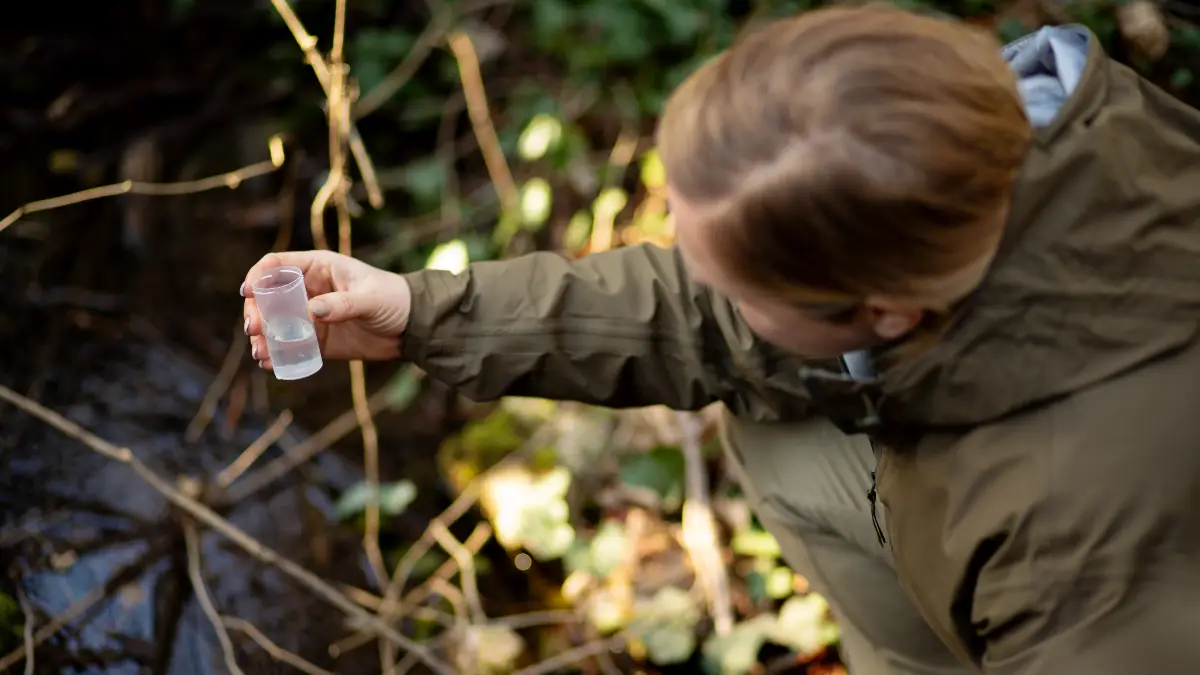Every year, 240 people die in America’s wilderness because they followed survival advice that sounds right but kills. You’ve heard these tips everywhere—from TV shows, social media, even from friends who swear they know what works.
Drink your own urine to stay hydrated. Eat snow when you’re thirsty. Rub frostbite to warm it up. These “survival tricks” will actually kill you faster than doing nothing at all.
Medical experts and search-and-rescue teams keep finding the same tragic pattern. People die trying techniques they learned from movies or viral videos. This guide exposes the 13 deadliest survival myths from wilderness medicine professionals. The truth might save your life.
1. Snake Bite “Cut and Suck” – Hollywood’s Fatal Fiction
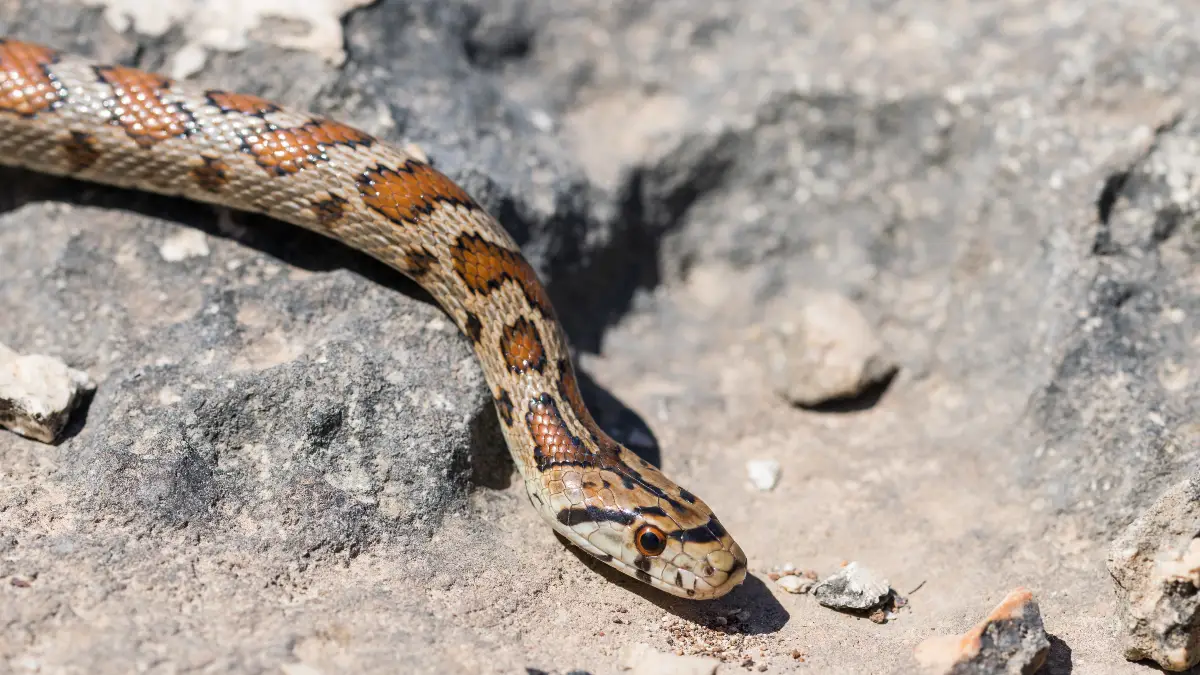
You’ve seen it in movies. Someone gets bitten by a snake, and the hero cuts an X over the bite and sucks out the venom. This could kill you faster than the snake bite itself.
Here’s what actually happens when a snake bites you. The venom absorbs into your tissues within seconds. Not minutes. Seconds. By the time you pull out your knife, it’s already spreading through your lymphatic system. Cutting the wound just helps it spread faster.
Tony Nester has spent over 30 years training special operations units in survival. He puts it bluntly, “The ‘John Wayne cut-and-suck’ method adds bacteria from your mouth into the wound, risking infection.”
And here’s something Hollywood never shows you. If there’s venom on the skin surface and you suck it into your mouth, it can burn your airways. Now you’ve got two emergencies instead of one.
Let’s talk numbers. Only 6 people die from snakebites each year in the US. But 10,000 end up in hospitals. You know what causes most of those hospital visits? Bad first aid. Texas proves this point perfectly.
They had zero snakebite deaths in 1991, 1992, and 1993. The Texas Department of Health says “more damage can be done by improperly administered first aid than by the bite itself.”
So what should you actually do? Keep it simple. Don’t move the bitten limb. Keep it below your heart level. Take off any jewelry before swelling starts. And get to a hospital. Fast. That’s it.
No cutting. No sucking. No tourniquets. No ice packs. No electric shocks (yes, people try that). The antivenin at the hospital works. Your pocket knife doesn’t. Most snake bites aren’t even from venomous snakes.
And even venomous bites often don’t inject much venom. But you won’t know that in the moment. So skip the Hollywood heroics and get real medical help.
2. Shelter Myths That Leave You Exposed
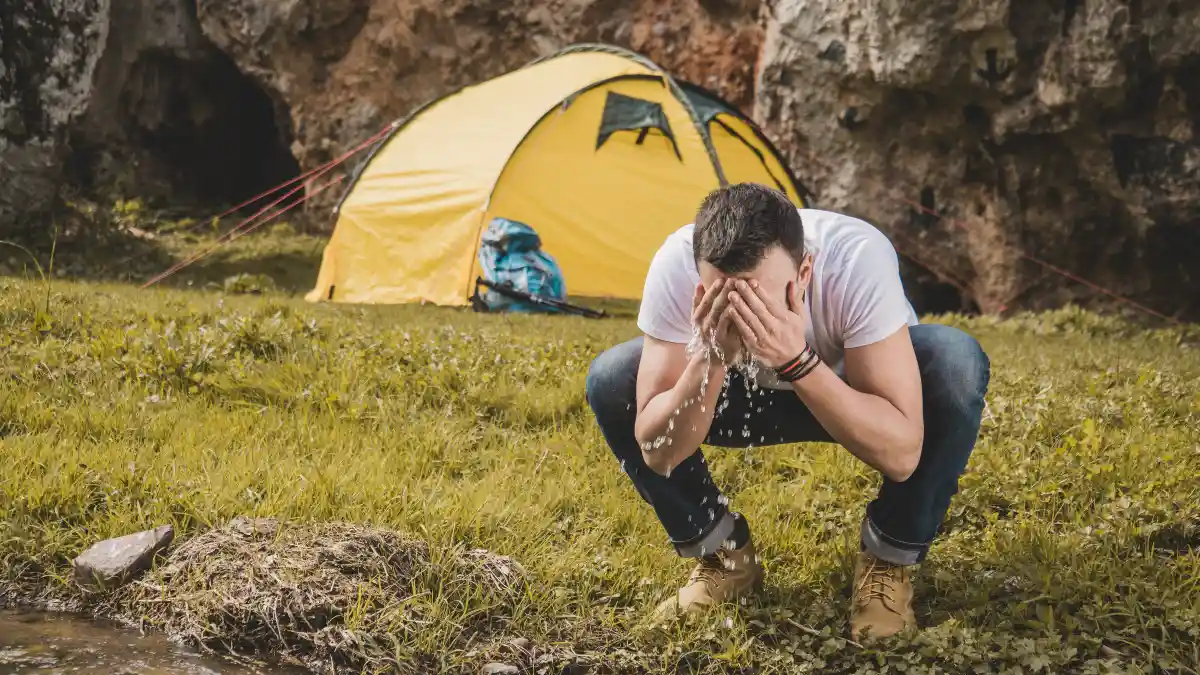
That lean-to shelter you see on every survival show? It’s basically useless when you need it most.
Think about it. A lean-to has one slanted wall. That’s it. Wind blows right through. Rain comes in sideways. Cold air surrounds you from three directions. You’re basically camping under a poorly designed roof.
The Mountain Rescue Association has clear standards for emergency shelters, and lean-tos don’t meet any of them.
You need walls. You need a roof. You need a small doorway. Your body heat can’t warm the great outdoors. But it can warm a small enclosed space. That’s the difference between surviving and dying from hypothermia.
Snow caves seem smart until you forget one critical detail. You need ventilation or you’ll suffocate on your own CO2. People die this way every winter. They build a perfect snow cave, seal themselves in, and never wake up. Always poke a ventilation hole through the roof. Use a stick to keep it clear.
Here’s another killer hiding in your closet. Cotton clothing. It feels comfortable at home. But cotton stays wet 8 times longer than synthetic materials. Wet cotton pulls heat from your body 25 times faster than air. That’s why experienced hikers say “cotton kills.”
Your car makes a better shelter than anything you can build. Seriously. It’s waterproof, windproof, and insulated. If you’re lost but have your vehicle, stay with it. Search teams find cars much easier than they find people.
Building a proper debris shelter takes 3-4 hours of hard work. You need a frame strong enough to support your weight in leaves and branches.
The walls should be at least two feet thick. Most people quit after 30 minutes because they’re already exhausted and cold. That half-built shelter won’t save you.
3. Cactus Water – The Desert Death Trap
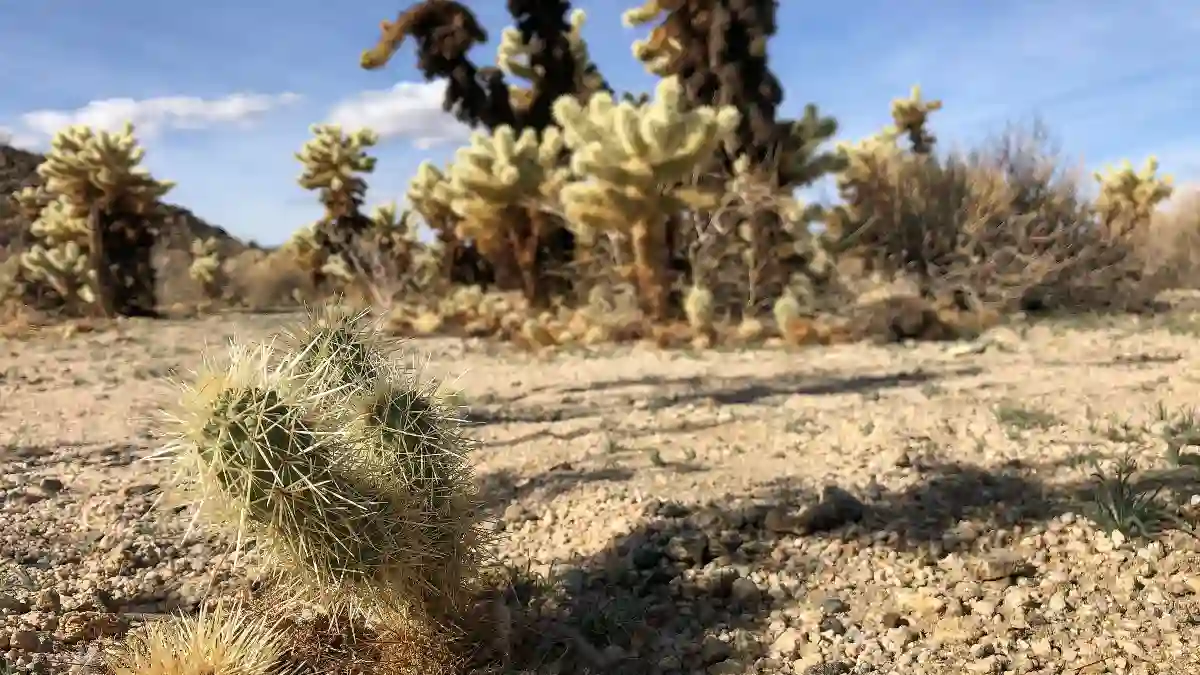
You’re dying of thirst in the desert. You see a cactus. Your brain says “there’s water inside!” Stop. That “water” will make you vomit until you wish the desert had killed you faster.
Tony Nester didn’t just teach this lesson. He tested it on himself. After 30+ years training military special operations in desert survival, he wanted to know the truth about cactus water. Here’s what happened:
“All cacti are high in alkaloids, which will make you extremely nauseous and cause you to vomit. The soupy substance inside is like watery Elmer’s Glue. I had to meditate like a monk to keep it down. I was nauseous the rest of the afternoon, which greatly affected my ability to hike.”
Think about that. You’re already dehydrated. Now you’re vomiting. Vomiting makes you lose more water. Plus stomach acid. Plus electrolytes. You just made everything worse.
The alkaloids in cactus juice aren’t just nasty-tasting. They’re toxic to your kidneys when you’re dehydrated. Your body tries to flush them out, using precious water you don’t have. Some people get diarrhea too. More water loss.
So how do you actually find water in the desert? Look for birds at dawn and dusk. They fly toward water sources. Green vegetation means water somewhere below. Dig at the outside bend of dry creek beds. Morning dew on metal surfaces can give you a few drops.
Better yet, carry more water than you think you need. The rule is one gallon per person per day in the desert. That sounds heavy. But it’s lighter than dying. Modern hydration systems and purification tablets weigh almost nothing. There’s no excuse for betting your life on cactus juice.
4. Playing Dead for Bears – Species-Specific Mistakes
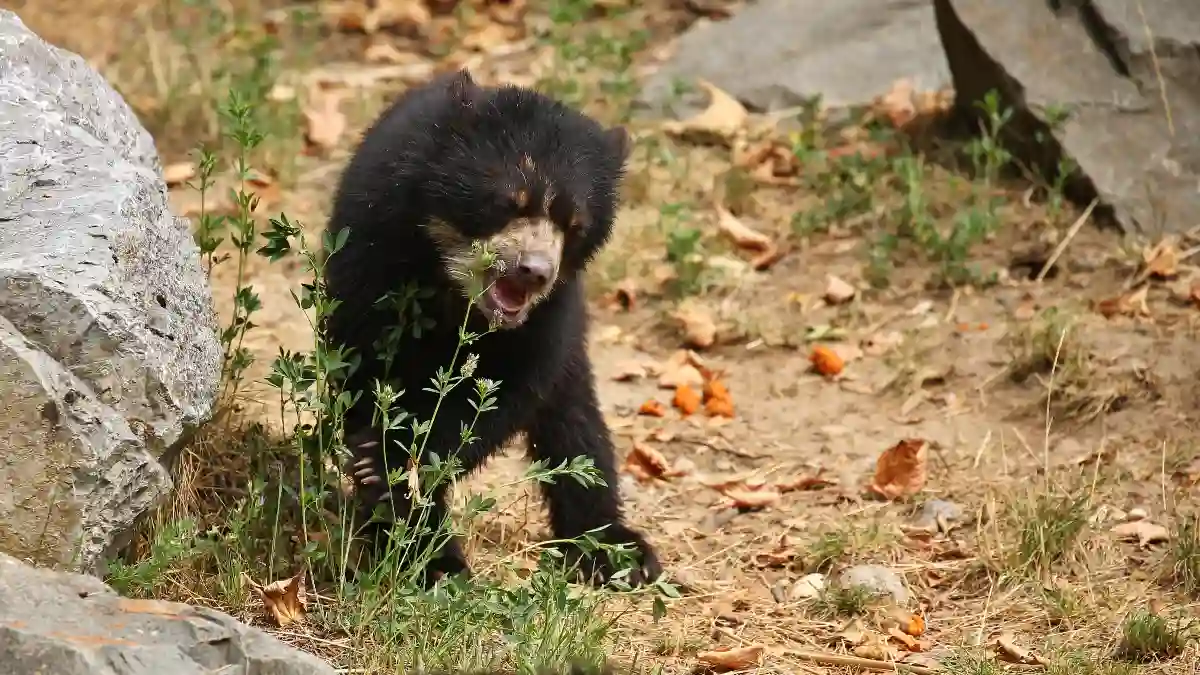
Playing dead works great. Unless it’s the wrong bear. Then you just made yourself an easy meal.
Here’s what most people don’t know. Different bears need completely different responses. Mess this up and you’re dead. No second chances.
Play dead ONLY if it’s defending cubs or food. Lie face down. Cover your neck with your hands. Spread your legs so the bear can’t flip you. Stay still until it leaves the area. But if that grizzly is stalking you like prey? Fight for your life.Never play dead. Ever.
They don’t do defensive attacks like grizzlies. If a black bear attacks, it wants to eat you. Fight back with everything you have. Hit it in the face and muzzle. Use rocks, sticks, anything. Make noise. Most black bears will give up if you fight hard enough.
You’re food. Period. They’re always hunting. Playing dead just saves them energy. Your only chance is bear spray or getting inside something solid. Good luck with that in the Arctic.
Here’s the stat that should change how you think about bear safety. Bear spray stops attacks 92% of the time. Firearms only work 67% of the time. Why? Because scared people miss shots. Bear spray creates a cloud the bear can’t avoid. Plus, wounded bears get really angry.
Most bear encounters end with the bear running away. They don’t want trouble either. Make noise while hiking. Travel in groups. Store food properly. If you see a bear at distance, back away slowly. Don’t run. You can’t outrun any bear. They hit 35 mph. Usain Bolt tops out at 27 mph.
The real problem? People learn one rule and apply it to all bears. That grizzly defense move you practiced? It’s signing your death warrant with a hungry black bear.
5. All Protein Diet: Rabbit Starvation Reality
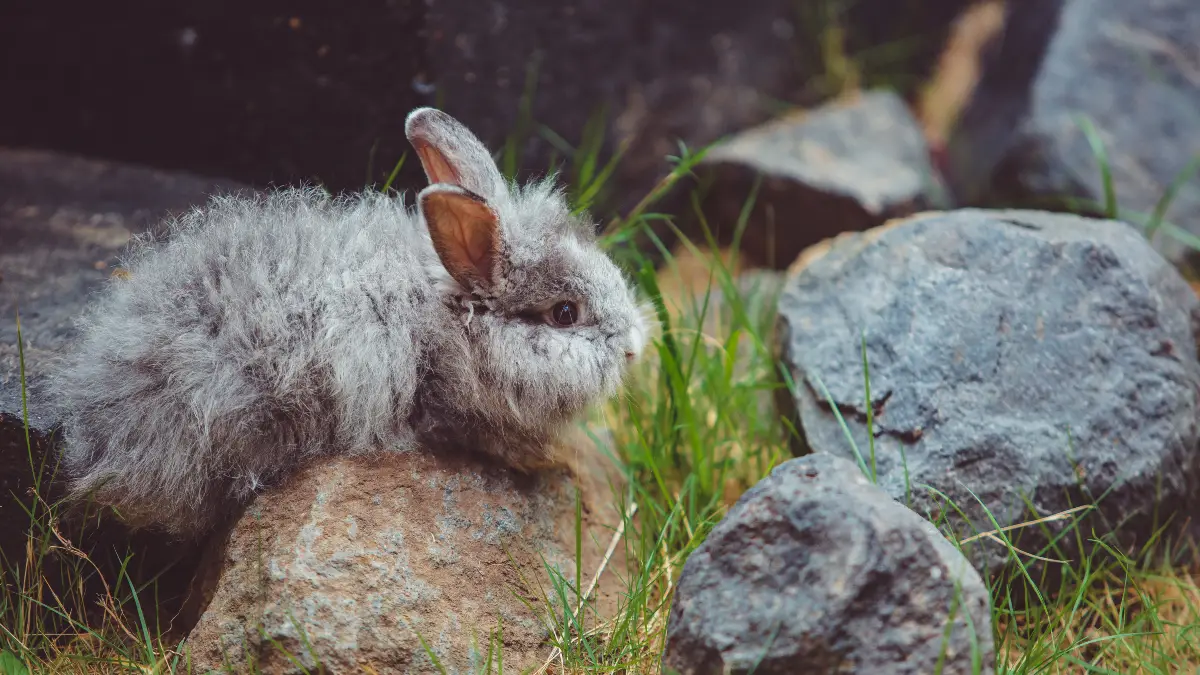
Eating nothing but lean meat will kill you. Even if you eat pounds of it every day.
Early Arctic explorers learned this the hard way. They had plenty of rabbit and caribou. They ate until their stomachs were full. But they kept getting weaker. Some died with full bellies. The doctors called it “rabbit starvation.”
Your liver can only process so much protein without fat. It’s like trying to run your car on pure octane booster without gasoline. The engine can’t use it.
When you eat only lean meat, your body works overtime trying to break down all that protein. You burn more calories digesting than you get from the food.
The symptoms hit fast. Endless hunger no matter how much you eat. Diarrhea that won’t stop. Headaches that feel like your skull is splitting. Extreme fatigue. You’re literally eating yourself to death.
Native hunters knew the secret. They never threw away the fatty parts. Bone marrow, brain, organs—these were prized foods.
The gross-looking bits kept them alive. A caribou’s fat layer wasn’t waste. It was survival. They’d even eat the stomach contents of their prey for plant matter and vitamins.
Modern survival experts see this mistake constantly. People catch fish and throw away the skin and organs. They trap rabbits and toss the liver. Those “nasty” parts contain the fats and nutrients that keep you alive. Your body needs about 30% of calories from fat to function properly.
If you’re ever in a real survival situation with only lean meat available, you need to find fat sources fast. Nuts, insects, fish eyes and skin, bird eggs—anything with fat content. Otherwise, you’ll die eating three meals a day.
6. Alcohol for Warmth: Liquid Lies
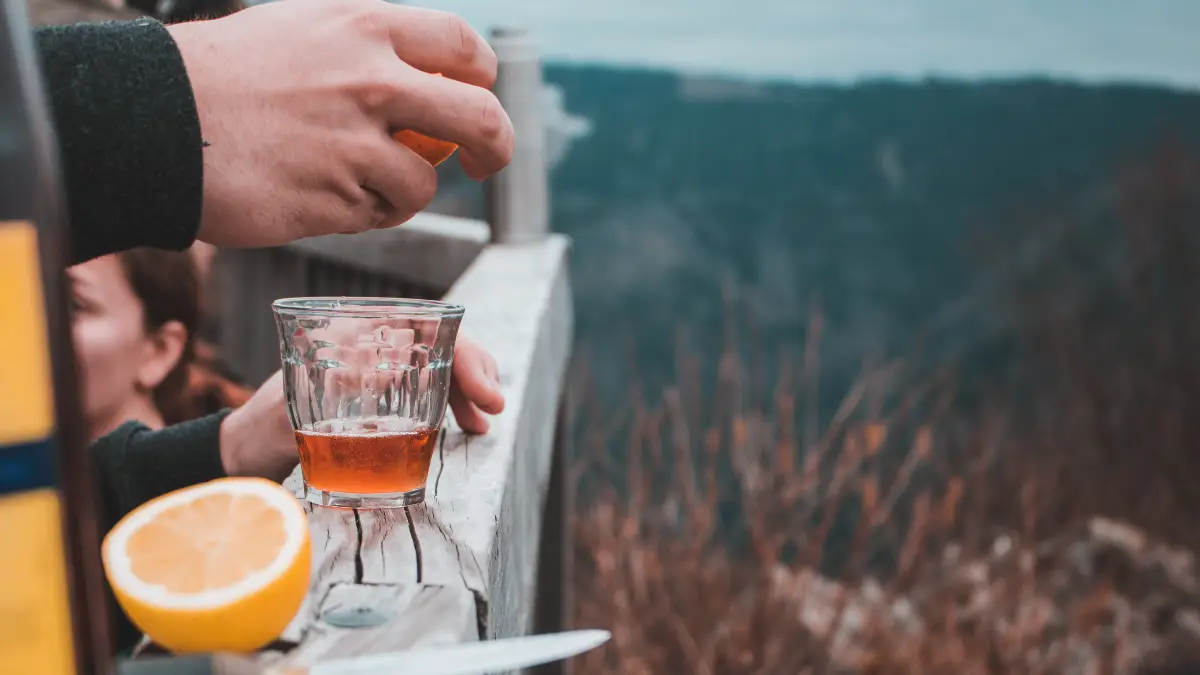
That shot of whiskey to warm up in the cold? It’s actually shutting down your body’s heating system.
Here’s what really happens when you drink in freezing weather. Alcohol opens up the blood vessels in your skin. Blood rushes to your fingers, toes, and face. You feel warm. You might even start sweating. But that warmth is your core heat escaping into the cold air.
Think of it like opening all your windows in winter. The house feels warmer near the windows for a minute. Then all your heat escapes and your furnace can’t keep up. That’s exactly what alcohol does to your body.
Your skin might feel hot, but your organs are getting colder. The blood that should stay in your core keeping your heart and brain warm is now cooling off in your extremities. You’re literally bleeding heat into the environment.
It gets worse. Alcohol messes with your shivering reflex. Shivering is your body’s emergency heater. It can triple your heat production. But after a few drinks, you stop shivering even when you need to. Your natural thermostat is broken.
Mountain rescue teams see this pattern every winter. Someone has a few drinks to “stay warm” on a hike. They feel great at first. Then they get confused. They might even take off their jacket because they feel hot. Search teams find them frozen, sometimes partially undressed. The medical term is “paradoxical undressing.”
Studies show alcohol increases heat loss by 20-30% in cold conditions. Your risk of hypothermia doubles with moderate drinking. In extreme cold, it can kill you in hours instead of days.
Want to stay warm? Eat high-calorie food. Your body burns it for heat. Drink warm liquids without alcohol. Move around to generate heat. Save the bourbon for when you’re safe indoors. Your survival instincts work better sober anyway.
7. Moss Grows North: Nature’s Worst GPS
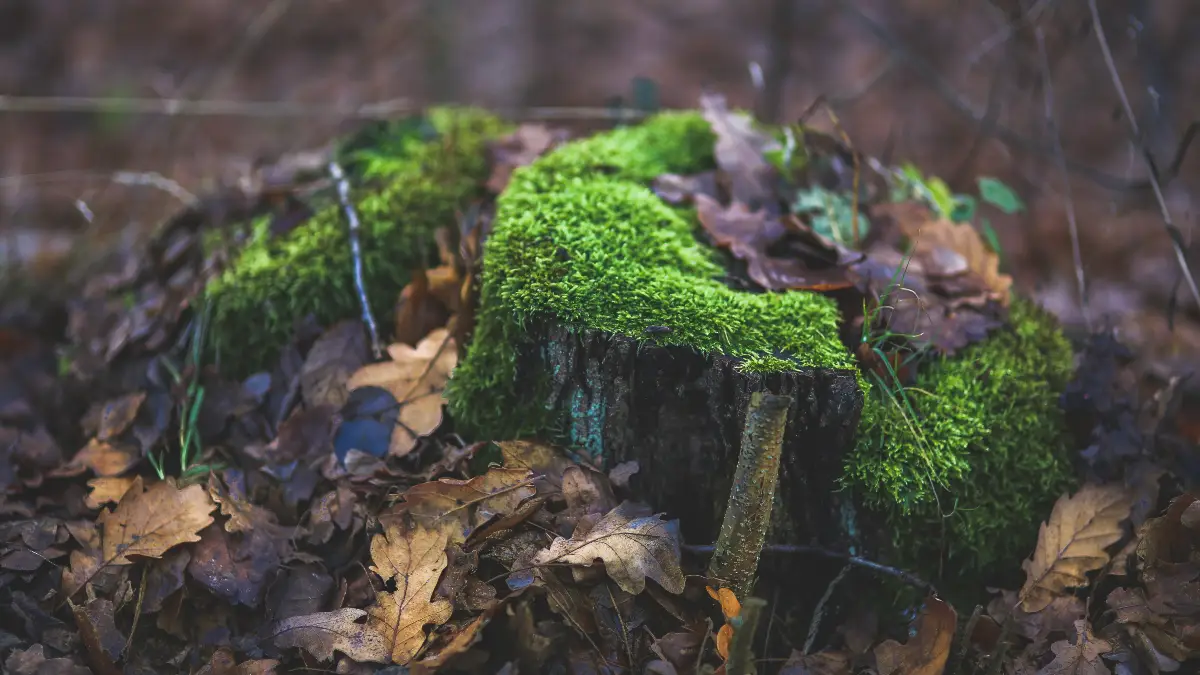
That old saying about moss growing on the north side of trees? It’s wrong often enough to get you killed.
Here’s the truth. Moss grows where it’s damp and shady. That could be north. Or south. Or east. Or all sides if you’re in a humid forest. In Oregon’s rainforests, trees are completely covered in moss.
In Arizona, moss grows on the south side where monsoon rains hit. Using moss for navigation is like flipping a coin with your life.
Park rangers have a name for people who navigate by moss. Lost hikers. They find them walking in circles, convinced they’re heading north because they’re following the moss.
Some walk for days in the wrong direction, getting deeper into wilderness with every “north-pointing” tree. The myth sounds logical. North sides get less sun, so they stay damp longer. But local conditions matter more than compass directions.
A tree near a stream will have moss on the water side. Trees in valleys get moss where morning fog settles. Wind patterns, slope angles, and nearby rocks all affect where moss grows.
Want to know what’s really embarrassing? Getting rescued because you trusted a plant over a $10 compass. Search and rescue teams waste thousands of dollars and risk their lives finding people who followed moss instead of marking their trail.
Your phone probably has a compass app. Download offline maps before you hike. Carry a real compass and learn to use it. Mark waypoints at trail junctions. Pay attention to the sun’s position. Notice which way streams flow.
Even better? Don’t go off-trail without proper navigation tools. The moss isn’t trying to help you. It’s just trying to reproduce in damp places. That’s its only job. Your job is to not become a cautionary tale about following plant-based navigation advice.
8. Punch Sharks: Underwater Fisticuffs Fantasy
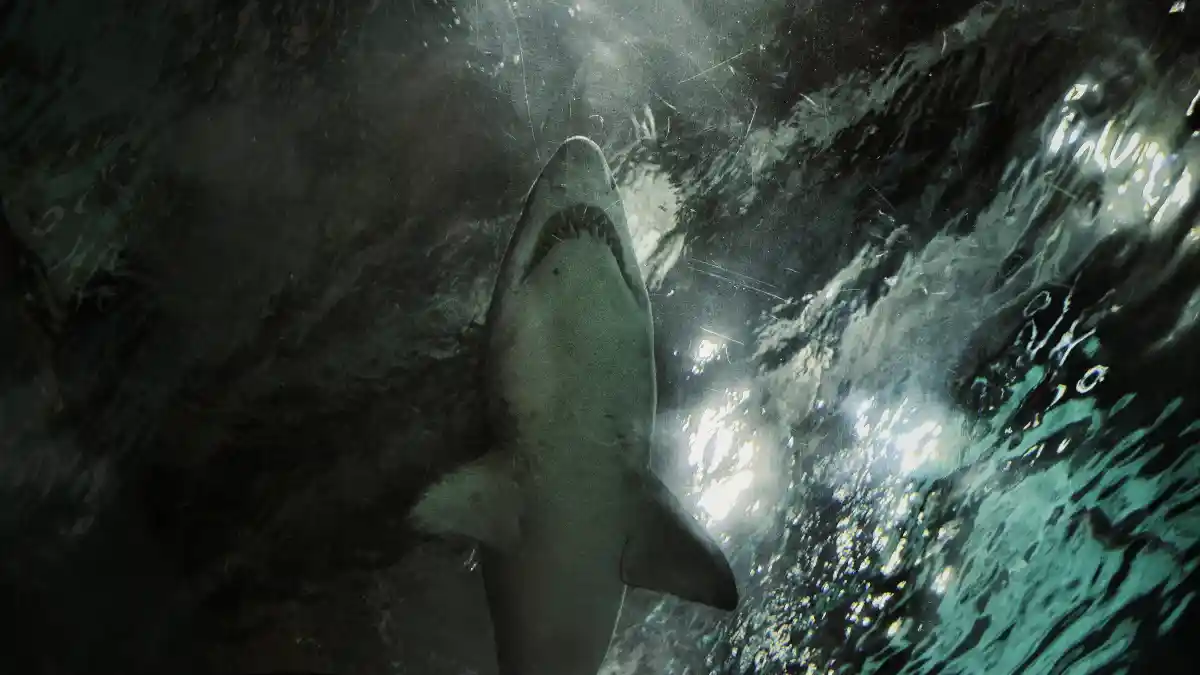
Trying to punch a shark underwater is like fighting in a dream where your fists move in slow motion.
Water is 800 times denser than air. Your knockout punch becomes a gentle push. Meanwhile, the shark is a 400-million-year-old killing machine that hunts in three dimensions. You’re playing checkers while it’s playing chess in its own living room.
Sharks can sense the electrical impulses from your racing heart 12 feet away. They detect blood from a quarter-mile. They see in near darkness. Their skin is basically sandpaper made of tiny teeth. Punching a shark hurts you more than the shark.
Go for the eyes and gills. These are the only soft spots on a swimming tank. Jamming your fingers in a shark’s eye isn’t heroic. It’s desperate. But desperation beats death. The gills are even more sensitive. A hard jab there might make it reconsider.
Most shark “attacks” are test bites. The shark is figuring out what you are. You taste terrible compared to a seal. That’s why 90% of attack victims survive. The shark bites once and leaves. But that test bite can still kill you from blood loss.
Your best defense? Don’t act like prey. Face the shark. Maintain eye contact. Back away slowly toward shore or your boat. Thrashing around triggers their feeding instinct. Calm, deliberate movements might bore them into leaving.
Statistics help here. You’re 132 times more likely to drown than get bitten by a shark. Lightning kills 10 times more people than sharks. But if you do meet one up close, forget the underwater boxing match.
Those sensitive spots are your only chance. Then get out of the water and buy a lottery ticket. You’ve used up all your bad luck for the year.
9. Boiling Water Myths – Altitude Matters
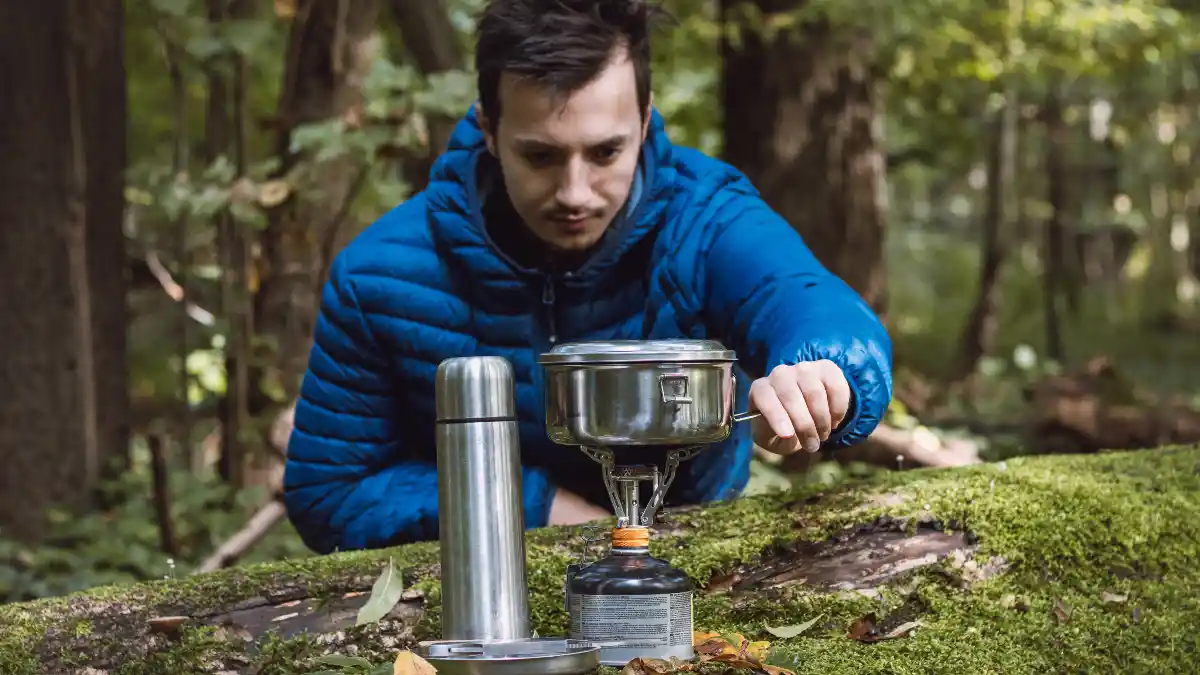
Think boiling water for one minute kills everything? That only works at sea level, and even then, some nasties survive.
Here’s the problem nobody talks about. Water boils at lower temperatures as you go up mountains. At 6,500 feet, water boils at 201°F instead of 212°F. That missing 11 degrees matters. Bacteria and viruses need specific temperatures AND time to die.
Giardia needs 10 minutes at 158°F to die completely. But Cryptosporidium? That tough parasite laughs at your one-minute boil. It needs a full minute at 212°F or three minutes at 201°F. Miss this detail and you’ll spend your hike racing to find bushes.
The altitude rule is simple. Add one minute of boiling time for every 1,000 feet above sea level. At 10,000 feet? Boil for 10 minutes. Your fuel might run low, but your intestines will thank you.
Smart hikers use layers of protection. Filter first to remove chunks and some parasites. Then use UV light or chemicals. Boiling comes last if you need it. The Sawyer MINI filter removes 99.99% of bacteria and protozoa. Add some iodine tablets as backup.
One dead parasite ruins the whole trip. Two methods of purification mean you’re actually safe. Three methods? Now you’re thinking like someone who never wants to experience backcountry diarrhea.
10. Hypothermia Treatment That Kills Instead of Cures
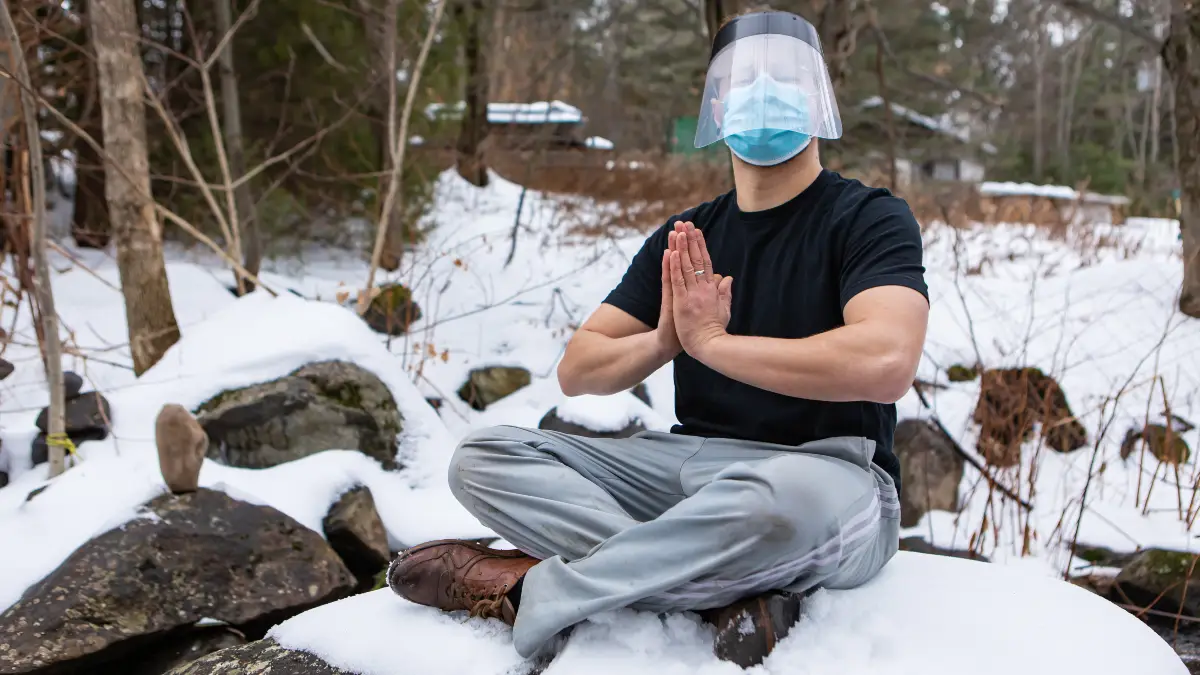
You find someone with hypothermia. Your instinct says warm them up fast. That instinct will kill them.
The cold blood sitting in their arms and legs suddenly rushes back to their heart. This is called “afterdrop.” Their core temperature crashes even lower. Their heart stops.
Dr. Graham Brant-Zawadzki from University of Utah’s Wilderness Medicine program sees this mistake constantly. Even with perfect hospital treatment, 38-75% of severe hypothermia victims die.
Never rub frostbitten skin. Ever. Ice crystals have formed inside the tissue. When you rub, those crystals cut through cells like tiny knives. You’re literally shredding their flesh from the inside.
The black, dead tissue you see later? You caused that by trying to help. That shot of whiskey to warm them up? You just signed their death certificate. Alcohol opens blood vessels in the skin.
Heat escapes even faster. Plus it stops shivering, which is their body’s last-ditch heating system. In the US, 700 to 1,500 people die from hypothermia every year. Many had alcohol in their system.
So what actually works? Gradual warming from the inside out. Remove wet clothes gently. Don’t massage anything. Put them in dry clothes or a sleeping bag. Give them warm, sweet drinks if they’re conscious. No alcohol. No coffee (it’s a diuretic).
Use your own body heat. Skin-to-skin contact in a sleeping bag works. Yes, it’s awkward. But awkward beats dead. Place heat packs on their chest, armpits, and groin. Never put heat directly on frozen skin.
The rewarming rate matters. Aim for 1-2 degrees per hour. Any faster triggers afterdrop. Their body needs time to adjust. If they’re conscious and talking, you’re probably okay. If they’re confused or unconscious, you need a helicopter. Fast.
Most hypothermia happens above 50°F. Wet and windy at 60°F kills faster than dry at 20°F. Check your friends for confusion, slurred speech, and poor coordination. These signs appear before the serious stuff. Catch it early and nobody dies.
Hypothermia victims aren’t dead until they’re warm and dead. People have survived hours without a pulse in freezing water. Keep doing CPR. Keep warming gradually. Let the hospital declare them dead, not you.
11. Animals Eat It, So Can You: Evolution’s Cruel Joke
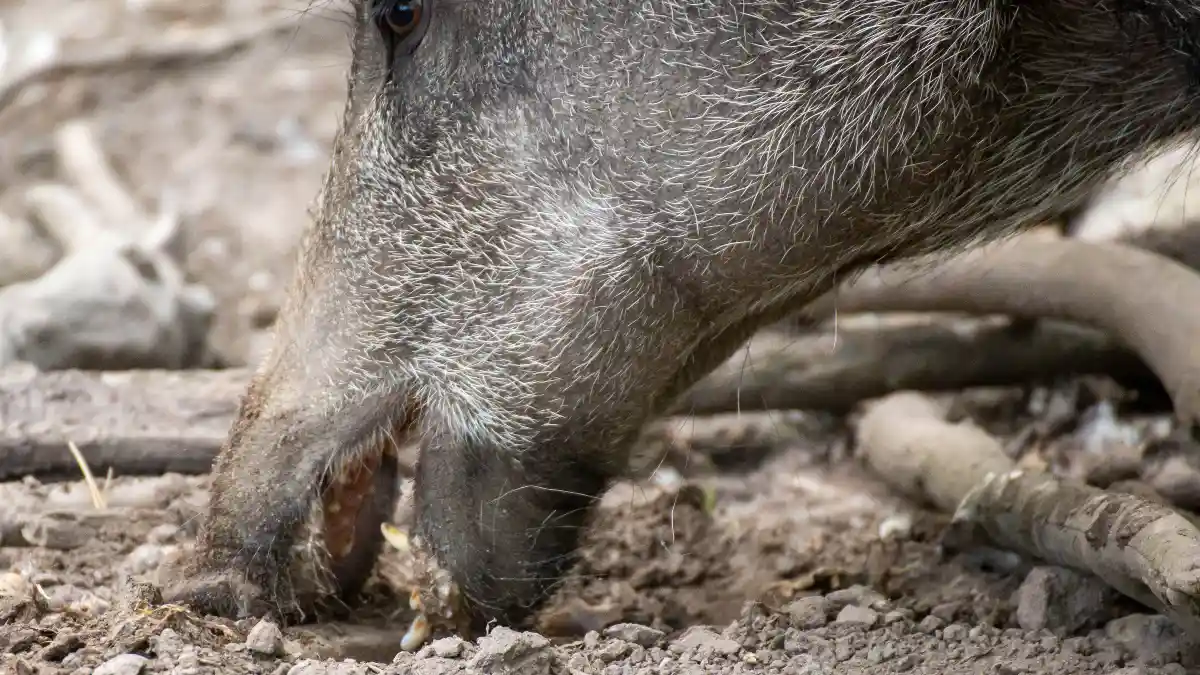
Watching animals eat something doesn’t mean you can eat it too. That’s how people die with full stomachs of poison.
Deer munch on poison ivy all day long. Try that yourself and you’ll be scratching your throat from the inside while it swells shut. Goats eat nightshade berries for fun. Those same berries cause hallucinations, seizures, and respiratory failure in humans.
Here’s why this kills people. Animals have completely different gut bacteria, liver enzymes, and digestive acids. A bird’s stomach runs at pH levels that would burn through your esophagus. Rabbits eat their own poop to digest food twice. You’re not built for that.
Some animals are immune to specific toxins through evolution. Monarch butterflies eat milkweed that’s toxic to everything else. Possums shrug off rattlesnake venom.
Vultures eat rotting meat full of botulism. Your human liver would shut down trying to process what they consider breakfast. The worst part? Some poisons take days to kill you. You eat what the animals ate. You feel fine.
Three days later your kidneys fail. By then you’re too far from help and too weak to hike out. Search and rescue finds another body who thought they were smarter than thousands of years of human knowledge.
Even foods that won’t kill you might destroy your day. Bears digest raw salmon. You’ll get parasites that turn your intestines into a water park. Raccoons eat garbage. Your stomach doesn’t have their industrial-strength acid.
Want to forage safely? Learn from humans, not animals. Indigenous peoples spent generations figuring out what’s safe. They passed down that knowledge carefully.
One mistake meant the whole tribe learned not to eat that plant. You don’t have generations to experiment. Stick to the trail mix.
12. Sleep on Bare Ground: Earth’s Thermal Robbery
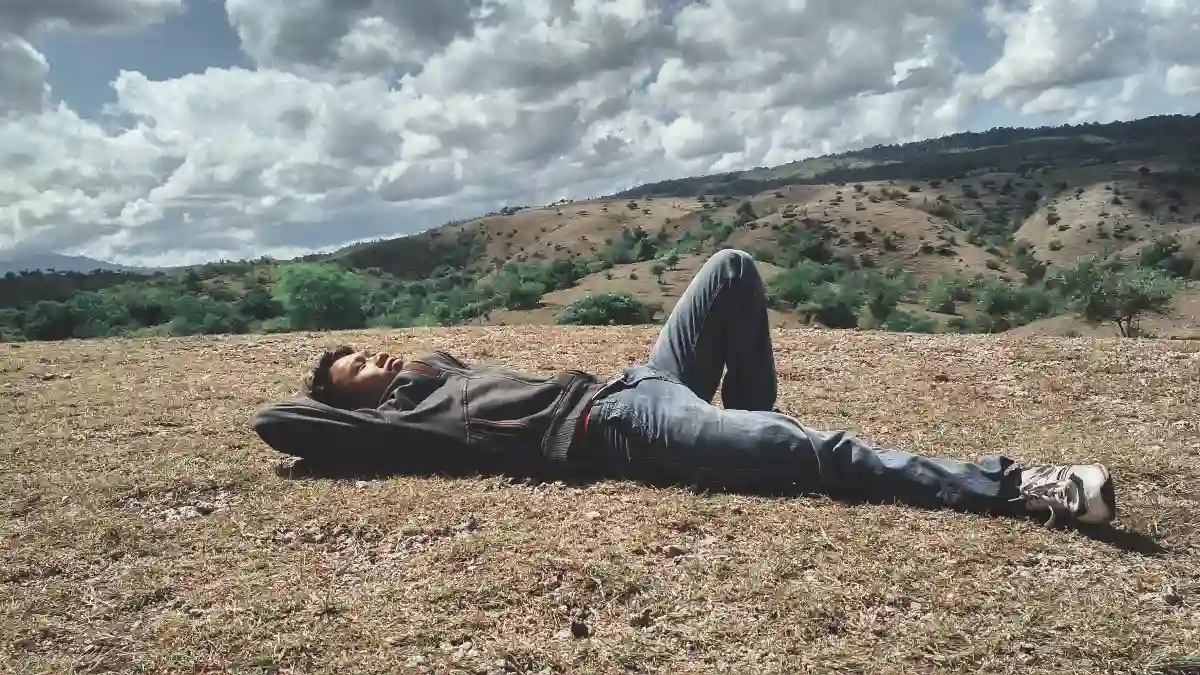
Sleeping directly on the ground will kill you faster than sleeping without a blanket. Most people don’t know this until it’s too late.
The earth is a massive heat sink. It pulls warmth from your body 25 times faster than air at the same temperature. You could be wearing the best sleeping bag money can buy. If it’s sitting on bare ground, you’re still losing the heat battle.
Think about touching a cold metal pole versus cold air. The metal feels colder, right? Same temperature, different heat transfer. The ground is that metal pole, except it’s infinite and you’re lying on it for eight hours.
This kills people at 60°F. Not freezing. Not even that cold. Just cool enough that eight hours of ground contact drops your core temperature below functioning levels. You go to sleep tired. You never wake up.
Experienced campers know the secret. Your ground insulation matters more than your sleeping bag. A $300 sleeping bag on bare ground loses to a cheap bag on proper insulation every time. The cold doesn’t come from above. It comes from below.
Pine needles, dry leaves, grass—pile them three feet thick if you have to. Your body should never touch actual earth. Foam pads work. Air mattresses work better.
Even cardboard beats nothing. Homeless people know this. That’s why they sleep on cardboard even in summer. The military teaches this in basic survival. Make your bed before you make your shelter.
You can survive a night without a roof. You might not survive a night on cold ground. Your body only makes so much heat. Once the ground steals it all, you’re done making more.
13. Eating Snow for Water – The Frozen Death Trap
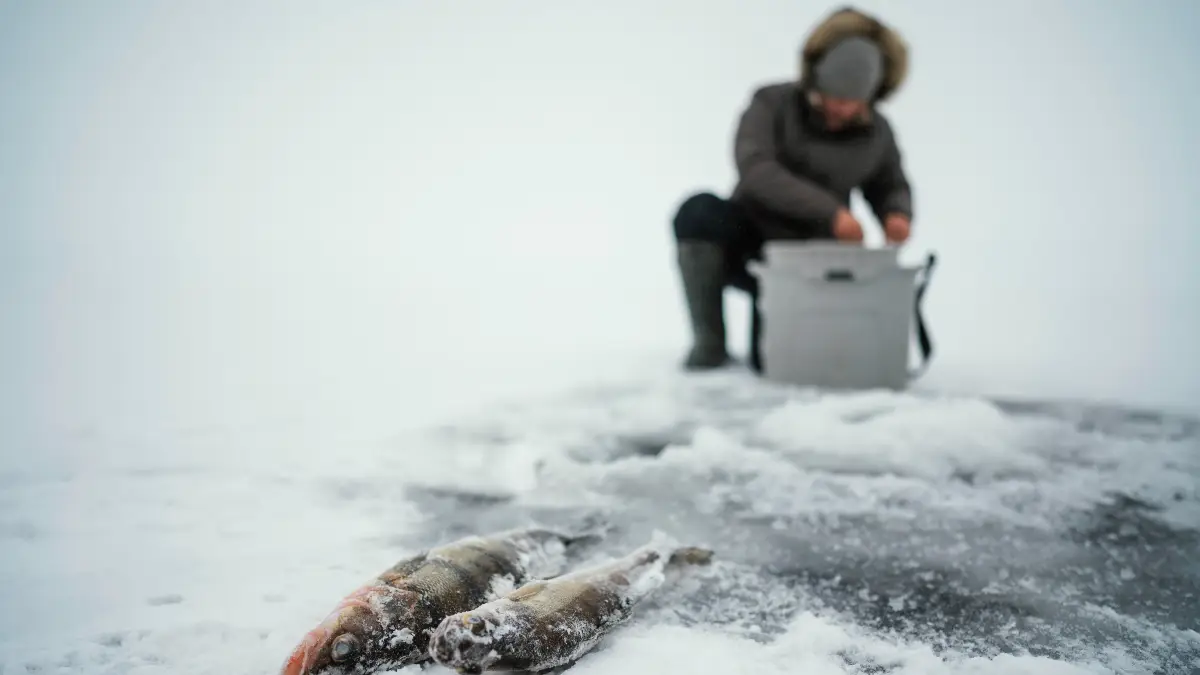
You’re thirsty. You’re surrounded by snow. Problem solved, right? Wrong. Eating snow will kill you faster than going without water.
Your body runs at 98.6°F. Snow sits at 32°F or colder. To melt one cup of snow in your stomach, your body burns the same calories as running a quarter mile.
But you only get about one-fifth cup of actual water. You’re burning five times more energy than you’re getting back in hydration. It gets worse. That frozen snow hitting your core triggers immediate body responses.
Blood vessels constrict. Your organs work overtime trying to maintain temperature. Your body literally shuts down non-essential systems to deal with the cold mass in your stomach.
Mountain rescue teams find dehydrated victims surrounded by snow all the time. They died thirsty in a frozen ocean. Some even had stomach damage from eating too much snow too fast. The cold can cause tissue damage to your mouth, throat, and stomach lining.
Eating snow also speeds up hypothermia. You’re already cold. Now you’re cooling yourself from the inside. Your core temperature drops while you’re desperately trying to get water.
It’s like opening your freezer door to cool your house in summer. Technically it works, but you’ll destroy the system trying.
The solution is simple but takes patience. Melt snow before you drink it. Use any container and heat source. No fire? Put snow in a water bottle and keep it inside your jacket. Your body heat melts it slowly without the shock. Dark colored containers in sunlight work too.
If you absolutely must eat snow in an emergency, follow these rules. Take tiny amounts. Let it melt in your mouth first. Never swallow chunks. Mix snow with any liquid water you have—even a tablespoon helps start the melting process.
Fresh snow has more air and less water. Packed snow or ice gives more water per volume. But both will kill you equally fast if you eat them frozen. Your body is a furnace, not a snow cone machine.

